We are all different, therefore it shouldn’t come as a surprise that we also have our own, unique way of learning. Knowing how you retain information best will make you more productive and help you get more enjoyment out of any course.
Take the quiz below to find out what type of learner you are.
1. You prefer to:
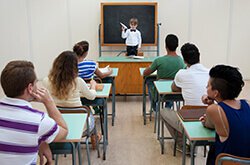
A.
Listen to things rather than read about them
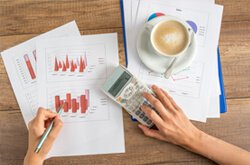
B.
Analyse pictures, graphs and charts
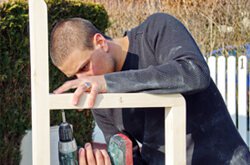
C.
Handle physical objects and try to understand how they work for yourself
2. You remember things by:
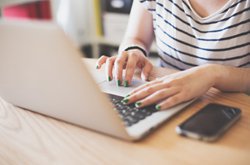
A.
Saying them out loud

B.
Watching a demonstration

C.
Experiencing them for yourself (being hands on)
3. You find reading:
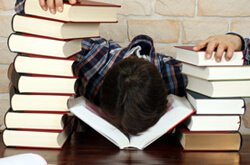
A.
Takes too long; you get fidgety

B.
The best and most relaxing thing ever

C.
Pretty boring; you'd rather be outside
4. You're more likely to remember somebody's:
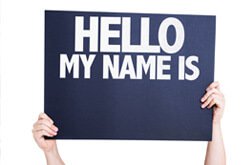
A.
Name

B.
Face

C.
Hug
5. When you see the word "cat", what do you do?:
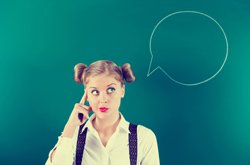
A.
Picture a cat in your mind

B.
Say the word "cat" to yourself

C.
Think about being with a cat (stroking it or hearing it meow)
6. What kind of book would you like to read for fun?:
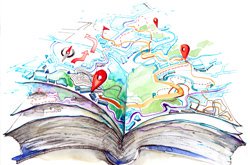
A.
A book with lots of images
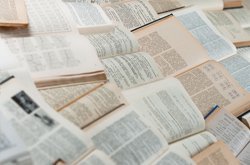
B.
A book with lots of words and details
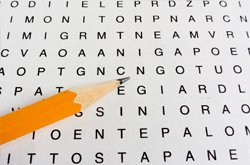
C.
A book with word searches or crossword puzzles
7. If you're ever unsure of how to spell a word, what are you most likely to do?:
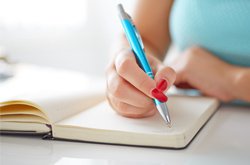
A.
Write it down to see if it looks right
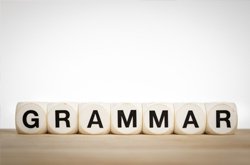
B.
Spell it out to see if it sounds right

C.
Trace the letters in the air with your finger
8. You're out shopping and you are standing in the queue at the checkout. What are you most likely to do while you are waiting?:

A.
Look around at other clothes

B.
Talk to the person next to you in the queue

C.
Fidget, move about or rock / lean on your feet
9. What's the best way for you to study for an exam?:
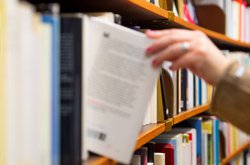
A.
Read the book or your notes and review pictures or charts
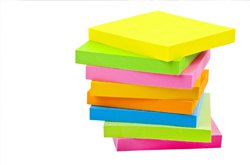
B.
Get a friend or family member to ask you questions that you can answer out loud
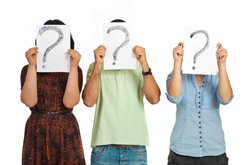
C.
Make index cards that you can review
10. What do you like to do to relax?:
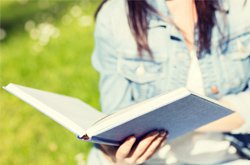
A.
Read
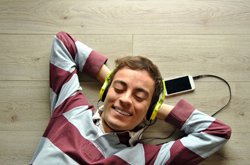
B.
Listen to music
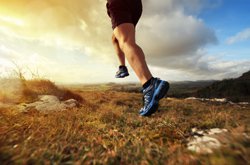
C.
Exercise (walk, run, play sports, etc.)
Please answer each question and try re-submitting!
You have a preference for learning in an audible way
People who have a preference for learning in an audible way can choose to remember things by hearing and listening. You may, for instance, choose to ask your lecturer to give you spoken instructions as well as written ones.
Here are some things that you may choose to do if you prefer to learn in an audible way:
- Use index cards to learn new words; read them out loud
- Read stories, assignments, or directions out loud
- Record yourself and then listen to the recording
- Have test questions read to you by a friend or family member
- Study new material by reading it out loud
Preferring to learn in one way over another does not mean that one way is better than another. Labelling yourself as a particular type of learner is not helpful in the long run. It is really important to use your time at Arden University to explore different types of academic skills and ways to learn!
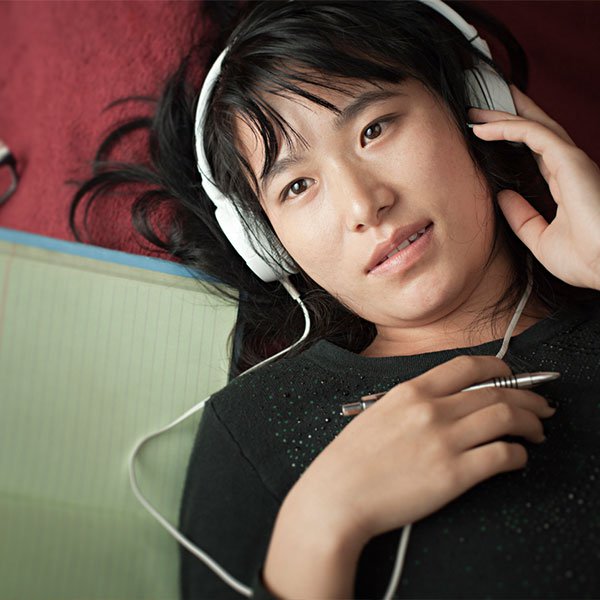
You have a preference for learning in a visual way
People who have a preference for learning in a visual way can choose to learn by reading or seeing pictures. You may feel that you understand and remember things by sight. You may picture what you are learning in your head and like to see what you are learning.
Here are some things that you may choose to do if you prefer to learn in a visual way:
- Use flashcards to learn new words.
- Try to visualize things that you hear or things that are read to you.
- Write down key words, ideas, or instructions.
- Draw pictures to help explain new concepts and then explain the pictures.
- Colour code things.
- Avoid distractions during study times.
Preferring to learn in one way over another does not mean that one way is better than another. Labelling yourself as a particular type of learner is not helpful in the long run. It is really important to use your time at Arden University to explore different types of academic skills and ways to learn!
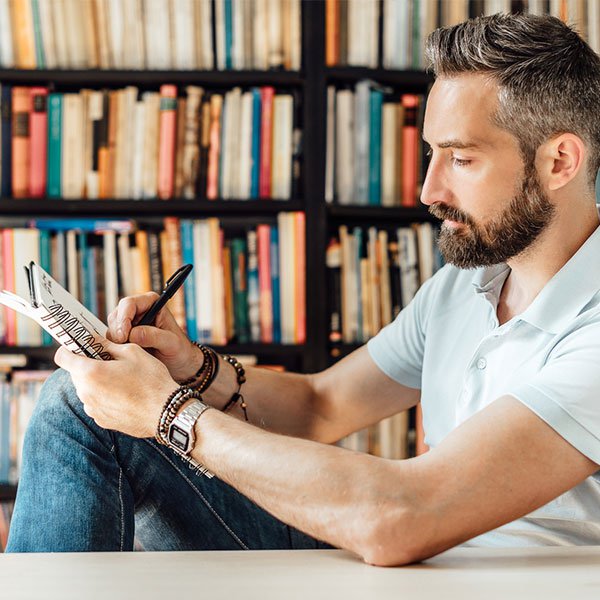
You have a preference for learning in a tactile way
People who have a preference for learning in a tactile way can choose to learn by touching and doing. You may feel that you understand and remember things through physical movement. You may call yourself a "hands-on" learner who prefers to touch, move, build, or draw what you learn. You may feel that you learn better when some type of physical activity is involved.
Here are some things that you may choose to do if you prefer to learn in a tactile way:
- It's OK to chew gum, walk around, or rock in a chair while reading or studying.
- Use flashcards and arrange them in groups to show relationships between ideas.
- Trace words with your finger to learn spelling (finger spelling).
- Take frequent breaks during reading or studying periods (frequent, but not long).
- It's OK to tap a pencil, shake your foot, or hold on to something while learning.
- Use a computer to reinforce learning through the sense of touch.
Preferring to learn in one way over another does not mean that one way is better than another. Labelling yourself as a particular type of learner is not helpful in the long run. It is really important to use your time at Arden University to explore different types of academic skills and ways to learn!
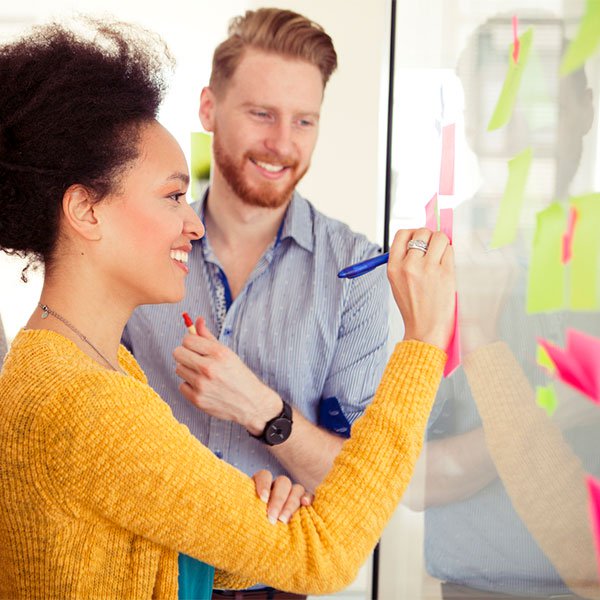
You have a preference for learning in an audible and visual way
People who have a preference for learning in an audible way can choose to remember things by hearing and listening. You may, for instance, choose to ask your lecturer to give you spoken instructions as well as written ones.
Here are some things that you may choose to do if you prefer to learn in an audible way:
- Use index cards to learn new words; read them out loud
- Read stories, assignments, or directions out loud
- Record yourself and then listen to the recording
- Have test questions read to you by a friend or family member
- Study new material by reading it out loud
People who have a preference for learning in a visual way can choose to learn by reading or seeing pictures. You may feel that you understand and remember things by sight. You may picture what you are learning in your head and like to see what you are learning.
Here are some things that you may choose to do if you prefer to learn in a visual way:
- Use flashcards to learn new words.
- Try to visualize things that you hear or things that are read to you.
- Write down key words, ideas, or instructions.
- Draw pictures to help explain new concepts and then explain the pictures.
- Colour code things.
- Avoid distractions during study times.
Preferring to learn in one way over another does not mean that one way is better than another. Labelling yourself as a particular type of learner is not helpful in the long run. It is really important to use your time at Arden University to explore different types of academic skills and ways to learn!
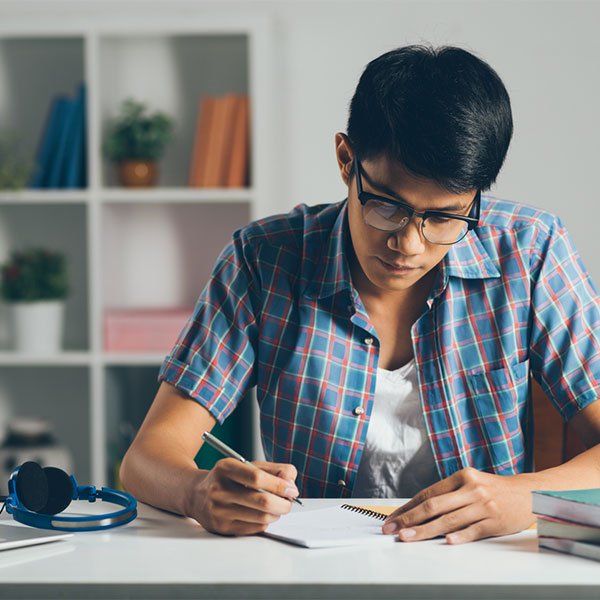
You have a preference for learning in a visual and a tactile way
People who have a preference for learning in a visual way can choose to learn by reading or seeing pictures. You may feel that you understand and remember things by sight. You may picture what you are learning in your head and like to see what you are learning.
Here are some things that you may choose to do if you prefer to learn in a visual way:
- Use flashcards to learn new words.
- Try to visualize things that you hear or things that are read to you.
- Write down key words, ideas, or instructions.
- Draw pictures to help explain new concepts and then explain the pictures.
- Colour code things.
- Avoid distractions during study times.
People who have a preference for learning in a tactile way can choose to learn by touching and doing. You may feel that you understand and remember things through physical movement. You may call yourself a "hands-on" learner who prefers to touch, move, build, or draw what you learn. You may feel that you learn better when some type of physical activity is involved.
Here are some things that you may choose to do if you prefer to learn in a tactile way:
- It's OK to chew gum, walk around, or rock in a chair while reading or studying.
- Use flashcards and arrange them in groups to show relationships between ideas.
- Trace words with your finger to learn spelling (finger spelling).
- Take frequent breaks during reading or studying periods (frequent, but not long).
- It's OK to tap a pencil, shake your foot, or hold on to something while learning.
- Use a computer to reinforce learning through the sense of touch.
Preferring to learn in one way over another does not mean that one way is better than another. Labelling yourself as a particular type of learner is not helpful in the long run. It is really important to use your time at Arden University to explore different types of academic skills and ways to learn!
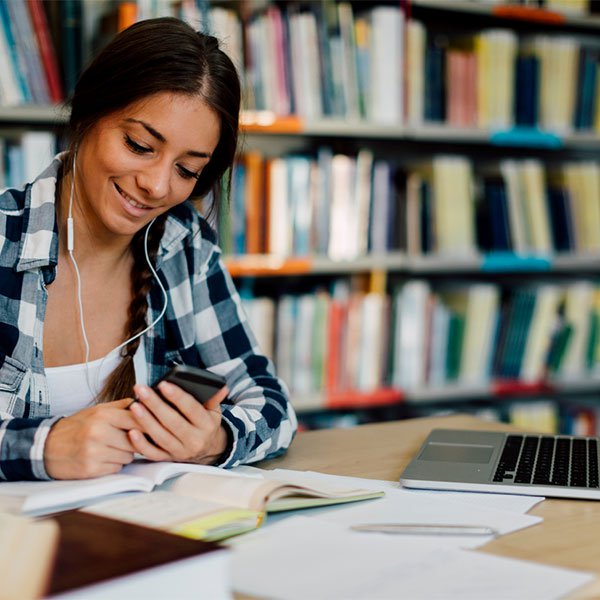
You have a preference for learning in an audible and a tactile way
People who have a preference for learning in an audible way can choose to remember things by hearing and listening. You may, for instance, choose to ask your lecturer to give you spoken instructions as well as written ones.
Here are some things that you may choose to do if you prefer to learn in an audible way:
- Use index cards to learn new words; read them out loud
- Read stories, assignments, or directions out loud
- Record yourself and then listen to the recording
- Have test questions read to you by a friend or family member
- Study new material by reading it out loud
People who have a preference for learning in a tactile way can choose to learn by touching and doing. You may feel that you understand and remember things through physical movement. You may call yourself a "hands-on" learner who prefers to touch, move, build, or draw what you learn. You may feel that you learn better when some type of physical activity is involved.
Here are some things that you may choose to do if you prefer to learn in a tactile way:
- It's OK to chew gum, walk around, or rock in a chair while reading or studying.
- Use flashcards and arrange them in groups to show relationships between ideas.
- Trace words with your finger to learn spelling (finger spelling).
- Take frequent breaks during reading or studying periods (frequent, but not long).
- It's OK to tap a pencil, shake your foot, or hold on to something while learning.
- Use a computer to reinforce learning through the sense of touch.
Preferring to learn in one way over another does not mean that one way is better than another. Labelling yourself as a particular type of learner is not helpful in the long run. It is really important to use your time at Arden University to explore different types of academic skills and ways to learn!
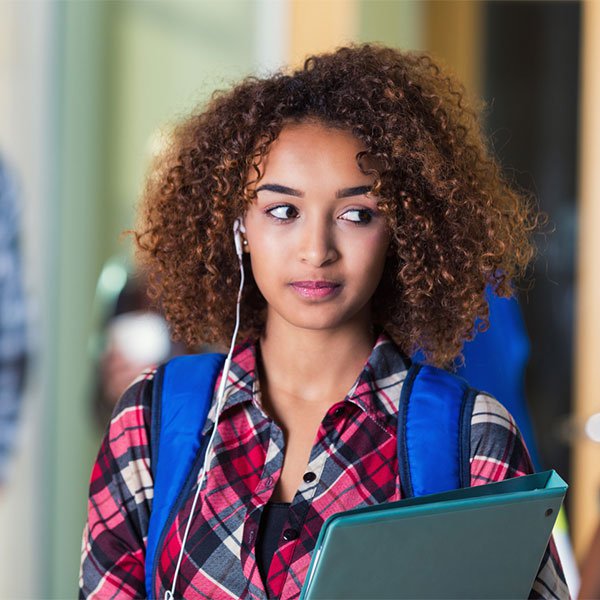
Sources:
http://blc.uc.iupui.edu/Academic-Enrichment/Academic-Success-Strategies/Learning-Styles
http://www.education.com/reference/article/Ref_Teaching_Tips
http://www.educationplanner.org/students/self-assessments/learning-styles-quiz.shtml